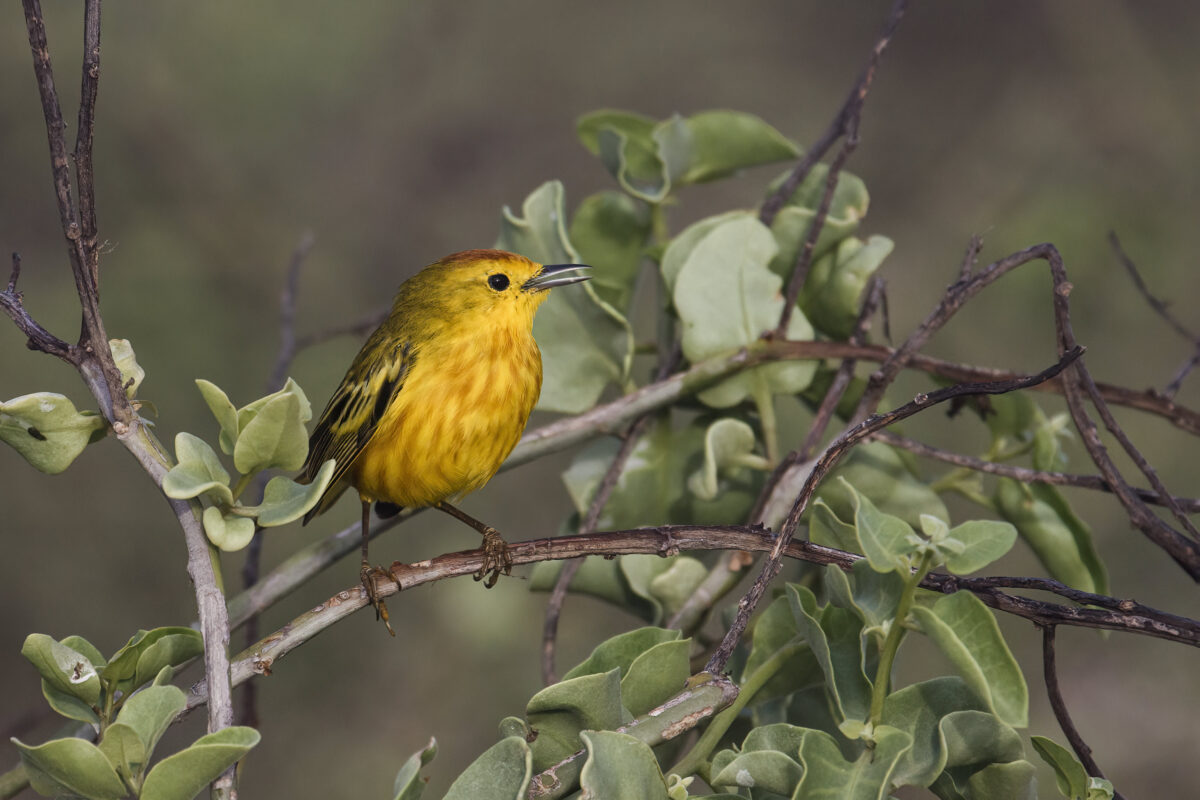When Leon Hohl and Alper Yelimlieş landed in the Galápagos in 2022 to volunteer in a decades-old nest survey project, they expected to look for Darwin finches and their babies. But that year turned out to be too dry for the finches to breed, and the two bird enthusiasts weren’t going to sit idle. Since they were in the Galápagos — nature’s “evolution laboratory” — they turned their attention to another bird: The Galápagos yellow warbler (Setophaga petechia aureola), a subspecies of the North American yellow warbler with elaborate, complex birdsongs. Hohl and Yelimlieş, both from Austria’s University of Vienna, teamed up with their supervisors to understand how the soaring human numbers on the archipelago’s most populous island of Santa Cruz, and increasing vehicular traffic noise in the soundscape, impact the island’s resident birds. “We were interested in how yellow warblers would respond to noise, depending on how much experience they had with noise,” Çaglar Akçay from Anglia Ruskin University, U.K., one of the supervisors, told Mongabay. “Noise is generally a stressor.” In a study published recently in the journal Animal Behaviour, Akçay and his team examined the behavior of male Galápagos yellow warblers on two islands and found that birds living closer to roads with vehicular traffic were more aggressive than their counterparts living further away. Between January and March of 2022, the researchers conducted a set of experiments in which they played pre-recorded male yellow warbler songs on a speaker and observed the birds’ responses to them. The…This article was originally published on Mongabay
From Conservation news via this RSS feed


